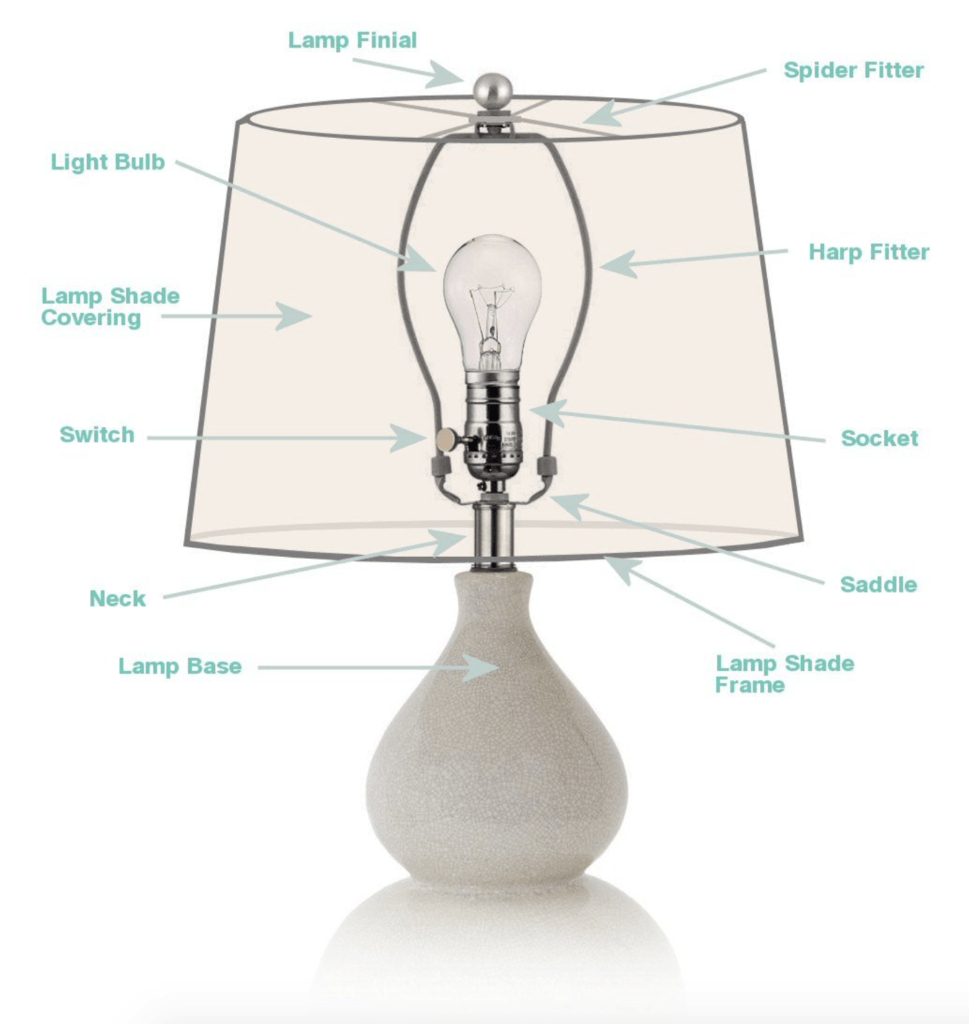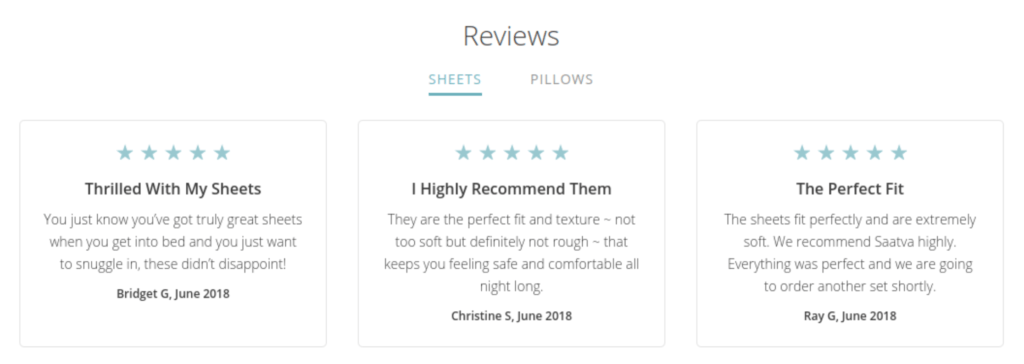Andy and Natasha spend day and night working on their e-commerce business. Their mornings are filled with setting up administrative tasks and orders, while their afternoons and evenings are steeped in operations and product development. Though their business is doing well, they can’t help but notice their website is falling behind in rankings. Their competitors keep rising and over time, they notice more and more of their business is going to other outlets, like big box companies or niche stores.
Their preliminary marketing plan is no longer cutting it. They’ve tried everything, except for content marketing. With a small team, content marketing seems like a momentous task, but they’re intrigued by the results other businesses have achieved with it. They only have a bit of time each month, but they’re finally ready to take the leap.
So where do they start?
If you’re anything like Andy and Natasha, you may be feeling the pressure too. Writing consistent content is a hard thing to maintain for an e-commerce business. If you don’t have a dedicated content marketer, then it feels like the most time-consuming task, and time is money when you’re working with a small team. Content marketing can begin to feel like a less viable component of your overall marketing strategy. You need solutions that are tried, tested, and true to make sure you’re only putting time and energy into tasks that will help you convert. But at the same time, you don’t want to give up on content completely. So what can you do?
There are several key components that make up a good marketing strategy. Any strategy worth it’s salt will have:
- clear, defined, and actionable goals
- an array of tactics to help achieve those goals
- efforts that help carefully integrate the sales and marketing process
Sales and marketing are intertwined because oftentimes an owner’s sales may correspond directly to the degree of marketing they’ve invested in. A good marketing strategy will identify key audiences and feed them important information they’ll need to complete a purchase. Without marketing tactics that are strategically targeted and designed to draw sales, you may be seeing a lower bottom line than you’d like.
This is where content marketing comes in. It tells a relatable story to your audience and lets them explore your business in-depth through resourceful, engaging content pieces. Content can do everything from increase traffic to boost sales. However, at the same time, simply writing content doesn’t guarantee a boost in sales. Content must be strategic and well-integrated into a marketing strategy or promotion wheel in order to thrive and get results.
Need a starting point? Use these 5 types of content in your marketing strategy to help boost sales and increase conversions.
Case Studies
Case studies are staples in the medical and legal fields, but their adaption in e-commerce circles is just as important and provides very similar benefits. The purpose of a case study in the sciences is to prove or show work on hypotheses, and in e-commerce, it’s no different. It’s a way for you to show off your work on your brand or your clients’ brands.
The greatest thing about a case study is that the work oftentimes speaks for itself. Picture this: you’ve been working with a client for a few months or years, and have been able to gain some really great results for them.
At the end of the day, you want to show this off for two reasons:
- It makes your business look competent and accomplished
- Prospective clients will be able to get an objective feel for your work
When done well, a case study is a great conversion tool because of its ability to sell by presenting objective data. It doesn’t rely on flashy promises or what-ifs and maybes; it deals directly with absolutes and showcases work that has already been done to help future clients get a feel for what their experience will be like when partnering with your company. There’s nothing better than a glowing recommendation for future business, and in a way, this is exactly how a case study operates.
Document management system and storage company DOCUdavit produced several case studies on its clientele. Each case study outlines the background, the challenges, the solution, and the overall benefits to the project. What’s interesting about these case studies is that they are primarily text-based. Even if you don’t have an amazing graphic designer at your disposal, it’s possible to create engaging and inspiring case studies that can really help boost sales.
CanIRank produced a case study on its work with a niche client, Bavarian Clockworks, highlighting exactly how SEO efforts were able to take an e-commerce business to over $1 million in sales through increasing their free organic traffic.

It is an effective model to follow because of its transparency and its detail. The case study breaks down exactly what was done with the client and how results were tracked, showing how the relationship reached a point of mutual benefit. For apprehensive customers who are waiting to reach out to you, a case study is a perfect first gateway to help boost sales.
How-to Articles
Let’s circle back to our e-commerce business owners Andy and Natasha. They’re experts in their field but are having difficulty portraying that in a way that drives conversion and boosts sales. What’s the best way for them to put down their knowledge in a way that is not only accessible but beneficial to their audience? Enter the how-to article.
A good how-to article can boost e-commerce sales by allowing you, the writer, to position yourself as an expert sharing knowledge with those who are interested in the very thing you’re selling.
For example, if you are trying to gain more traction as a digital marketing consultant, the best way to let people know you’re open for business is to share what you know about digital marketing. How-to guides on how to develop a strong digital marketing plan or which platforms to use to maximize traffic are just some examples of articles that can boost your profile and get people intrigued. The result is an informative article that highlights your skills and inadvertently lets others know that you’re capable, accomplished, and ready to work.
When putting together a how-to article, always remember that the goal is to teach audiences how to do something relevant to your business. Whether it’s setting up social profiles or why it’s important in SEO to check your image alt tags, a how-to article should be cohesive and insightful. Don’t forget to include a good call-to-action here to really nudge people in the right direction.
Buying Guides
A buying guide does exactly what its name implies: it shows consumers how to buy products, and is perfect for e-commerce businesses that have various products in stock or showcase a multi-step purchasing funnel If you craft buying guides as step-by-step ways to guide your customer from the product page to check out, then they become the ultimate in boosting e-commerce sales.
Let’s take a look at a few excellently executed buying guides.
Concrete Camouflage’s buying guide is effective because of the way it breaks down its sections on concrete staining.

Instead of bundling all its information in one page, it splits it up into easy-to-digest sections that tell a consumer exactly what the process is about, and in doing so, is able to also tell a consumer the sorts of products they’d need to purchase. What better way to highlight your products than position them as the most necessary components to accomplish a task?
EcoEnclose’s buying guide on poly mailers is crafted differently, but it’s just as effective when it comes to using content to boost sales.

The number one rule for any sort of content marketing is to never underestimate your audience. At any point, a reader can choose to go elsewhere for their information or products, so your buying guide should be as informative as possible without looking down on the consumer. One way to do this is to showcase alternatives like EcoEnclose has done. While this isn’t canon for the buying guide sphere, highlighting your products against competitors is a great selling tool. Invite consumers to see how your product matches up and allow them to choose for themselves.
Lamps USA’s lamp shades buying guide is unique in that its first goal is to position itself as the expert for the consumer who wants to know a bit more.

It uses diagrams like the one above and demonstrates its prowess through deep dive informative blurbs. Other buying guides might highlight specific products that they’d like you to purchase, but this tactic doesn’t put purchasing at the forefront. It instead makes use of your expertise.
Using the above example, this part of the buying guide is educating its audience on all the parts of a lamp. Chances are many customers might just be looking for a lamp that fits with their decor and isn’t thinking about things like the lampshade frame or the harp fitter. When shoppers like that come across information like this, they are being told on a subconscious level that this e-tailer knows exactly what they’re talking about — and that they’d be better off purchasing from them. It’s a win-win.
Testimonials
Many small businesses use testimonials as a strategic way to boost e-commerce sales because they oftentimes are the most genuine piece of content you can find. What better recommendation for your products than from those who have already purchased and tried them out?

There are several ways you can harness this piece of user-generated content for your marketing strategy. As seen in the above image from Saatva Dreams, reviews and testimonials can help reassure future customers.
Simply by displaying them, you’re able to accomplish two things:
- Appear as a brand that cares about what their customers say
- Push authentic content to your social channels
Future customers care that a brand they want to invest in cares about its customers. This is how advocates are made. Similarly, this content won’t just live on your website. It does double duty and can be pushed out on social channels to then drive traffic back to your website. It also looks great in newsletters, media kits, or proposals. Of all the content formats presented, testimonials are the most versatile because of their long-term uses.
Research Studies
A research study, an in-depth exposé on an issue or topic within an industry, takes a bit more time to put together than our other content suggestions, but it is well worth the effort. What a research study does is position you as an expert, not only with customers, but within your industry. This will give you more brand credibility and influence others to form partnerships or relationships with you. These partnerships are priceless in the long run. Think of guest post opportunities, quality backlinks, and cross-promotional opportunities that can serve both your brands.

Massage Tables Now put out a research study on career satisfaction in the massage industry and the results were both informative and shocking for industry insiders, resulting in a lot of discussions and increasing the probability of backlinks. In fact, one great reason to invest in a research study is its ability to earn many quality backlinks over time. If you publish something timely, original, and/or incredibly relevant in regards to your industry, other sources will want to link back to you.
Content marketing can be a part of a viable sales strategy — your strategy. Put time on your side by investing resources into producing high-value, competitive content that will make your overall strategy shine. CanIRank’s expert consultants are the tried and tested method, producing countless on-brand content pieces that have ranked for top keywords and pushed their clients’ products and services to number one. Get a free trial today and make today the first day of your new marketing strategy.





Leave A Comment